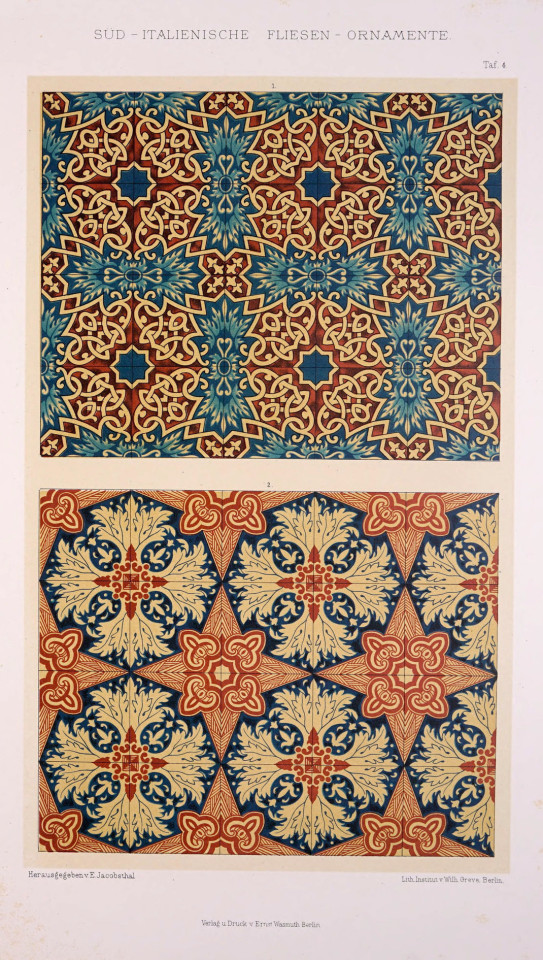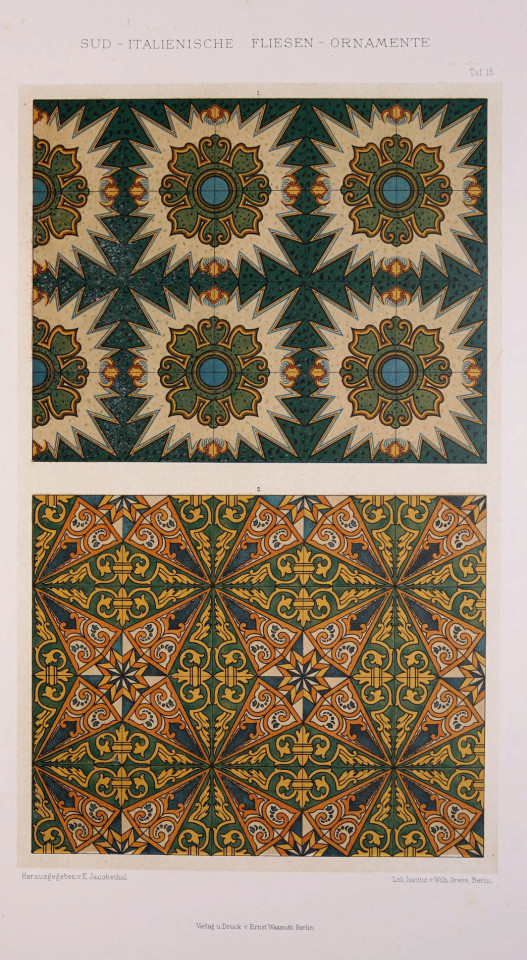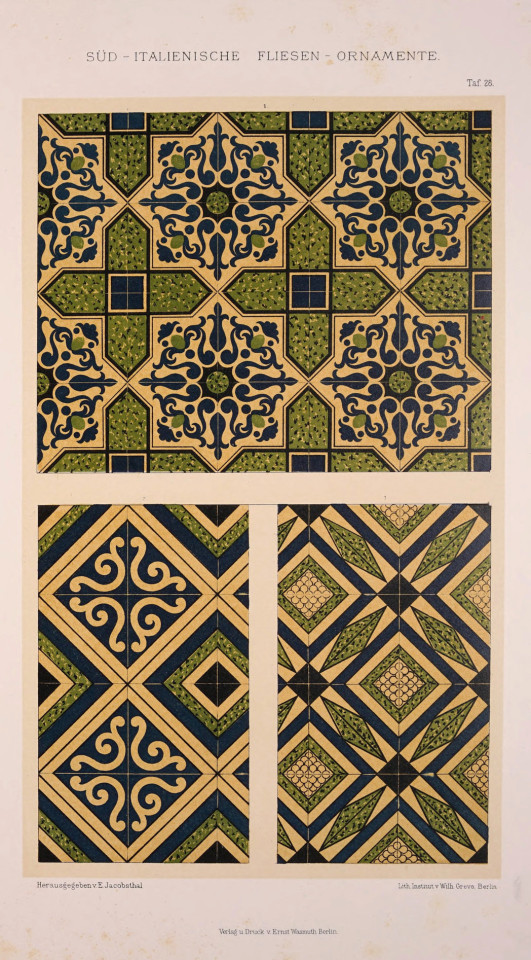Researchers From The University Of Tokyo Created A “drone Dragon” Which Is Able To Fly Through Tight
Researchers from the University of Tokyo created a “drone dragon” which is able to fly through tight spaces 🐉🐲 | Our audience: #nasa #mavicair #universityofmichigan #djiphantom4 #djiglobal #uav #mavicair #djiinspire1 #quadcopter #spacecamp #drone #robotics #robot #aerialphotography #fpv #drones #skynet #octocopter #djiphantom #arduino #hobbyking #drone #multirotor #dronephotography #sparkfun #tesla #raspberrypi #mavicpro #tokyodisneyland (at University of Tokyo)
More Posts from Forward-lang-blog and Others









At the lab this week I made some printed circuit boards with my new collaborator Jonathan Bobrow. I also learned to solder some super small components to a board.

the strongest

The Open Book Project
As a society, we need an open source device for reading. Books are among the most important documents of our culture, yet the most popular and widespread devices we have for reading — the Kobo, the Nook, the Kindle and even the iPad — are closed devices, operating as small moving parts in a set of giant closed platforms whose owners’ interests are not always aligned with readers’.
The Open Book aims to be a simple device that anyone with a soldering iron can build for themselves. The Open Book should be comprehensible: the reader should be able to look at it and understand, at least in broad strokes, how it works. It should be extensible, so that a reader with different needs can write code and add accessories that make the book work for them. It should be global, supporting readers of books in all the languages of the world. Most of all, it should be open, so that anyone can take this design as a starting point and use it to build a better book.
The most important thing I can reiterate in this README is that This Is A Work In Progress! The Open Book board is probably 90% of the way there, but the software required to actually be an eBook is in its infancy; I can put a few Arduino sketches up here, but the long-term goal involves building open source eBook software, and that’s still a ways out.
Read more…

True!
Monday motivation
A controllable prosthetic hand using electromyography to detect the gestures and muscle activities. The project is aimed to be affordable, upgradable, repairable, and flexible. To make it affordable, it consists of 3D printed parts for structure and only common electronic parts are being used. The hand is controlled through EMG signals read by muscle activities on upper forearm. These EMG signals are then transmitted via Bluetooth to Raspberry Pi. The Raspberry Pi then processes these signals and move servo motors accordingly. The project is still in early state with many areas could be improved.
courtesy: Kenneth V.
lol

fractals!! :D or at least patterns :P







Johann Eduard Jacobsthal, “Süd-italienische Fliesen-Ornamente”, South italian tile ornaments, 1886. Chromolithography. Published by Ernst Wasmuth, Tübingen, Germany. Source: archive.org. Via frizzifrizzi

-
 forward-lang-blog reblogged this · 3 years ago
forward-lang-blog reblogged this · 3 years ago -
 forward-lang-blog liked this · 3 years ago
forward-lang-blog liked this · 3 years ago -
 blag-fidray reblogged this · 3 years ago
blag-fidray reblogged this · 3 years ago -
 lil-kaiju reblogged this · 4 years ago
lil-kaiju reblogged this · 4 years ago -
 lil-kaiju liked this · 4 years ago
lil-kaiju liked this · 4 years ago -
 dcdronex-fpv liked this · 4 years ago
dcdronex-fpv liked this · 4 years ago -
 iconicdevices reblogged this · 4 years ago
iconicdevices reblogged this · 4 years ago -
 iconicdevices liked this · 4 years ago
iconicdevices liked this · 4 years ago -
 damangrewalproduction-blog liked this · 5 years ago
damangrewalproduction-blog liked this · 5 years ago -
 the-shockingelectronics-blog liked this · 5 years ago
the-shockingelectronics-blog liked this · 5 years ago -
 collective-node-redacted liked this · 5 years ago
collective-node-redacted liked this · 5 years ago -
 milesawayfrmhome liked this · 5 years ago
milesawayfrmhome liked this · 5 years ago -
 vladimirpc liked this · 5 years ago
vladimirpc liked this · 5 years ago -
 screaming-outta-orbit reblogged this · 5 years ago
screaming-outta-orbit reblogged this · 5 years ago -
 codingoverload reblogged this · 5 years ago
codingoverload reblogged this · 5 years ago -
 codingoverload liked this · 5 years ago
codingoverload liked this · 5 years ago -
 bmbdron liked this · 6 years ago
bmbdron liked this · 6 years ago -
 jhondoe1136-blog liked this · 6 years ago
jhondoe1136-blog liked this · 6 years ago -
 antorobot liked this · 6 years ago
antorobot liked this · 6 years ago -
 finallygaveintothesirencall reblogged this · 6 years ago
finallygaveintothesirencall reblogged this · 6 years ago -
 dronekrone-blog liked this · 6 years ago
dronekrone-blog liked this · 6 years ago -
 aimaster liked this · 6 years ago
aimaster liked this · 6 years ago -
 ajax7773 liked this · 6 years ago
ajax7773 liked this · 6 years ago -
 thedronesworld-blog liked this · 6 years ago
thedronesworld-blog liked this · 6 years ago -
 spoonies liked this · 6 years ago
spoonies liked this · 6 years ago -
 recursive-updown-blog liked this · 6 years ago
recursive-updown-blog liked this · 6 years ago -
 atdrones-blog reblogged this · 6 years ago
atdrones-blog reblogged this · 6 years ago -
 atdrones-blog liked this · 6 years ago
atdrones-blog liked this · 6 years ago -
 dreamcraft56 liked this · 6 years ago
dreamcraft56 liked this · 6 years ago -
 thecutestme reblogged this · 6 years ago
thecutestme reblogged this · 6 years ago -
 sharkee liked this · 6 years ago
sharkee liked this · 6 years ago -
 loki64626-blog liked this · 6 years ago
loki64626-blog liked this · 6 years ago -
 gofuturisticwizard liked this · 6 years ago
gofuturisticwizard liked this · 6 years ago -
 nerfthisxdlove-blog liked this · 6 years ago
nerfthisxdlove-blog liked this · 6 years ago -
 lobodemeias liked this · 6 years ago
lobodemeias liked this · 6 years ago -
 unboundmx liked this · 6 years ago
unboundmx liked this · 6 years ago -
 essenceofinn reblogged this · 6 years ago
essenceofinn reblogged this · 6 years ago -
 razgriz-1 liked this · 6 years ago
razgriz-1 liked this · 6 years ago -
 leatherlavender liked this · 6 years ago
leatherlavender liked this · 6 years ago

28 posts